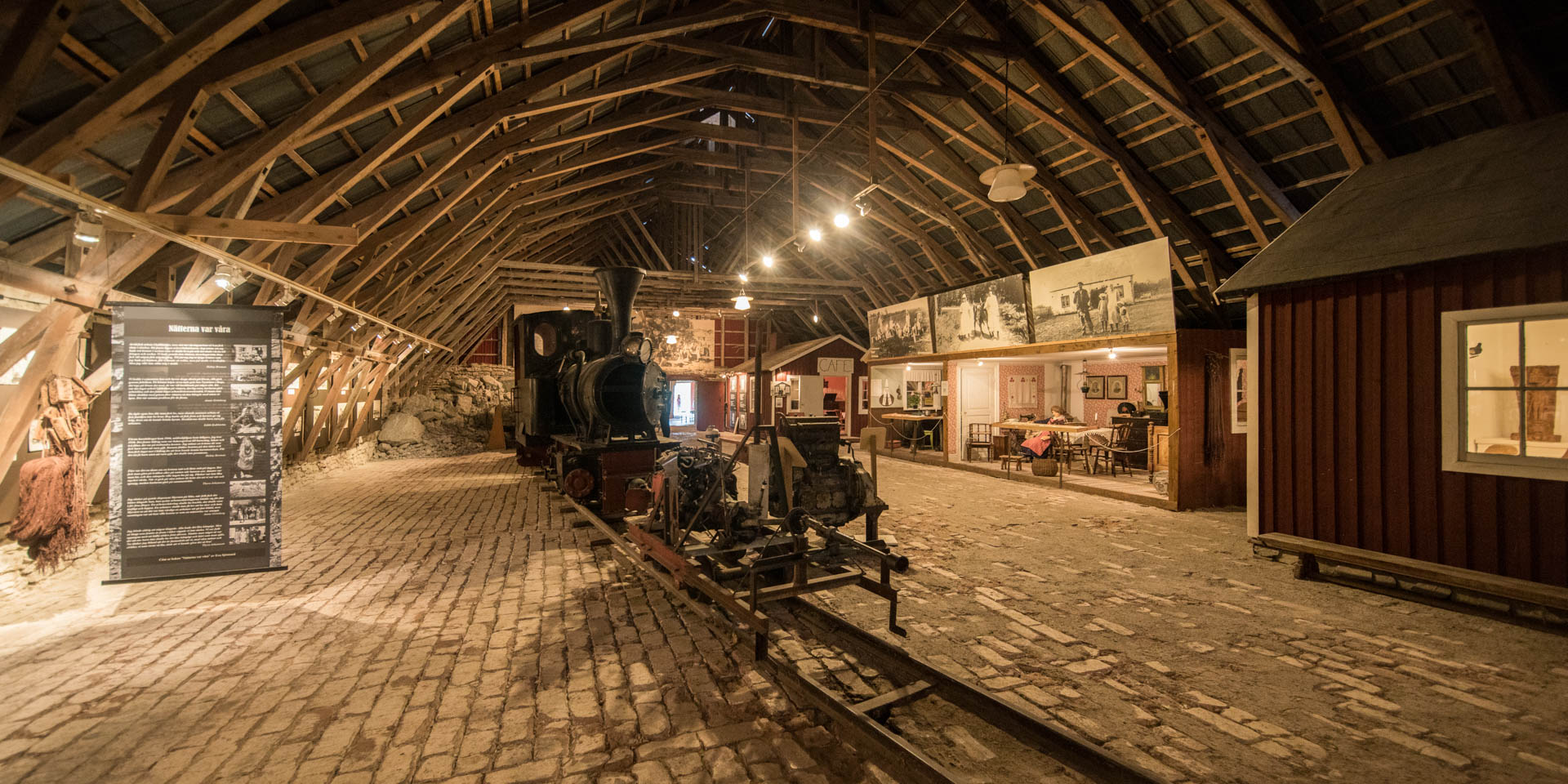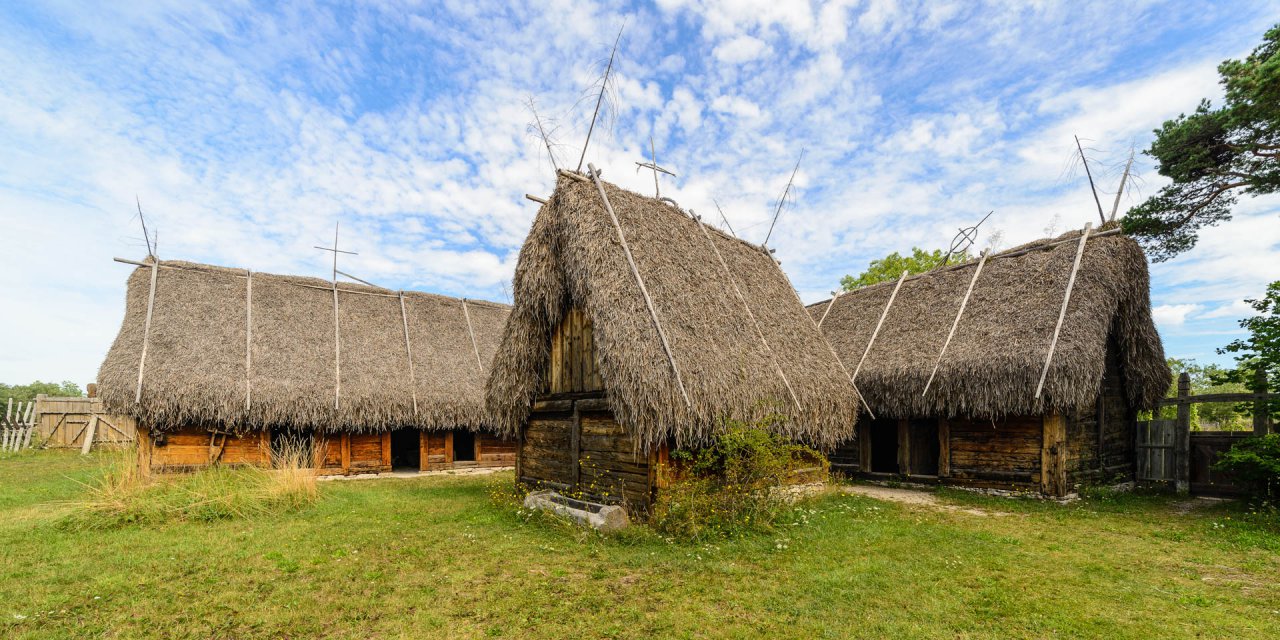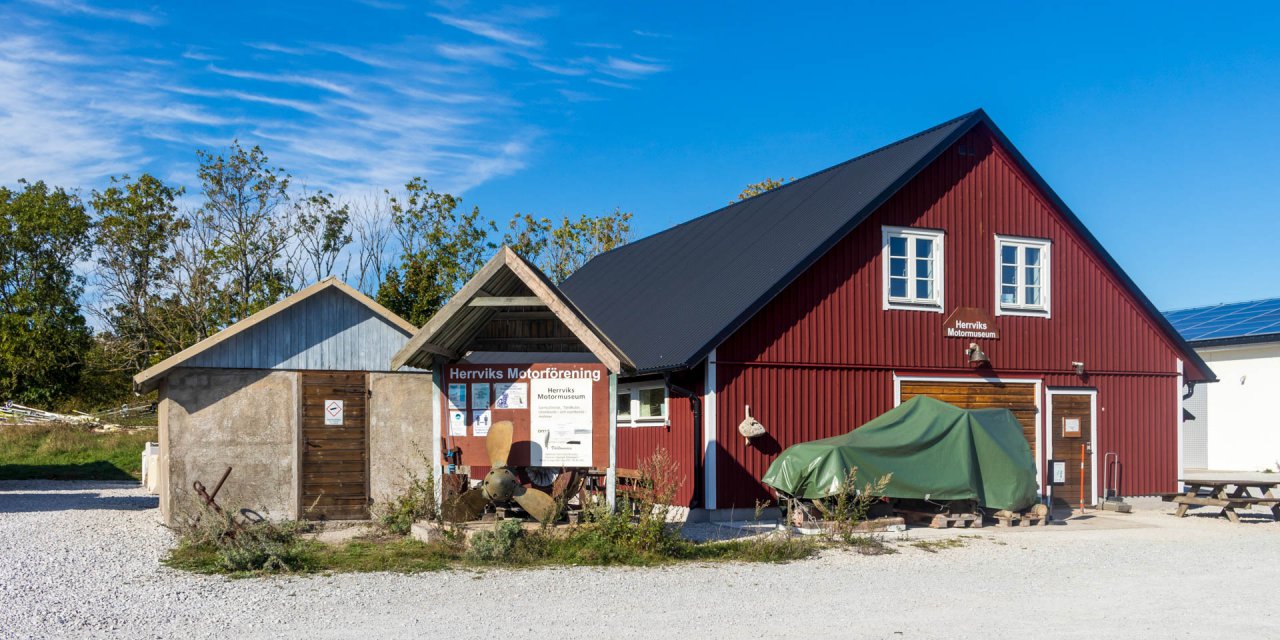

Bläse Kalkbruksmuseum
Limestone museum in the north of Gotland
The industrial museum Bläse Kalkbruksmuseum is located north of the village Lärbro at the northern tip of Gotland and offers a unique insight into the stone industry in the 19th and 20th centuries on the island.
Limestone blocks were used to build churches on Gotland as early as the 12th century. The stone industry on the island consolidated over the next centuries, and towards the end of the 19th century demand increased due to iron and steelworks and paper mills. At the beginning of the 20th century, there were about 30 quarries in the north of Gotland.
In Bläse, the quarrying of limestone and the burning of lime for mortar production began in the 1860s. During the plant's heyday between 1920 and 1930, 140 men worked at a total of three kilns. In 1946, burning was stopped and only the raw limestone was quarried and shipped for another ten years. In 1983 the entire Bläse plant was donated by the owner and the museum association Bläse Kalkbruksmuseums Intresseförening was founded in the same year. The museum opened its doors in 1985.
The limestone museum
The museum offers a unique insight into the production of limestone and the well-preserved industrial plant. Exhibitions on the living conditions of the workers at the time, but also of the women and families, can be found alongside the reconstruction of a shop, a kitchen and a living room from the 1950s.
The old limestone factory also houses an art gallery with changing exhibitions. These include sculptures by the famous artist George Moberg. A café and restaurant invites visitors to stay a while longer, and in summer lectures and concerts are held on the premises. In winter, one of Gotland's largest Christmas markets can be visited between the old furnaces.
The stone train
Since 1893, the railway Stentåget (The Stone Train) brought the limestone over a distance of 2.2 kilometres from the limestone quarry to the kilns in the harbour. In the beginning, the wagons were still pulled by horses, but it was not until 1895 that a steam locomotive was used. Since 1991, visitors have been able to take a historic ride on the old narrow-gauge railway to the quarry and back within 40 minutes.
Since 2002, the museum's locomotive shed has been home to the steam locomotive (B, Orenstein & Koppel 12900/1937), while a DEMAG diesel locomotive of the ML 55 series (B-dm, 2452/1939) runs on the rails towards the quarry.
The surroundings of Bläse Kalkbruksmuseum
The Kvinnostigen trail invites you to take a short hike in the vicinity of the museum. Various information signs tell mainly about the work and the role of women during the era of the limestone industry in Bläse. A few spots for mobile homes, moorings in the guest harbour and small camping huts invite you to spend the night on the old industrial site.



